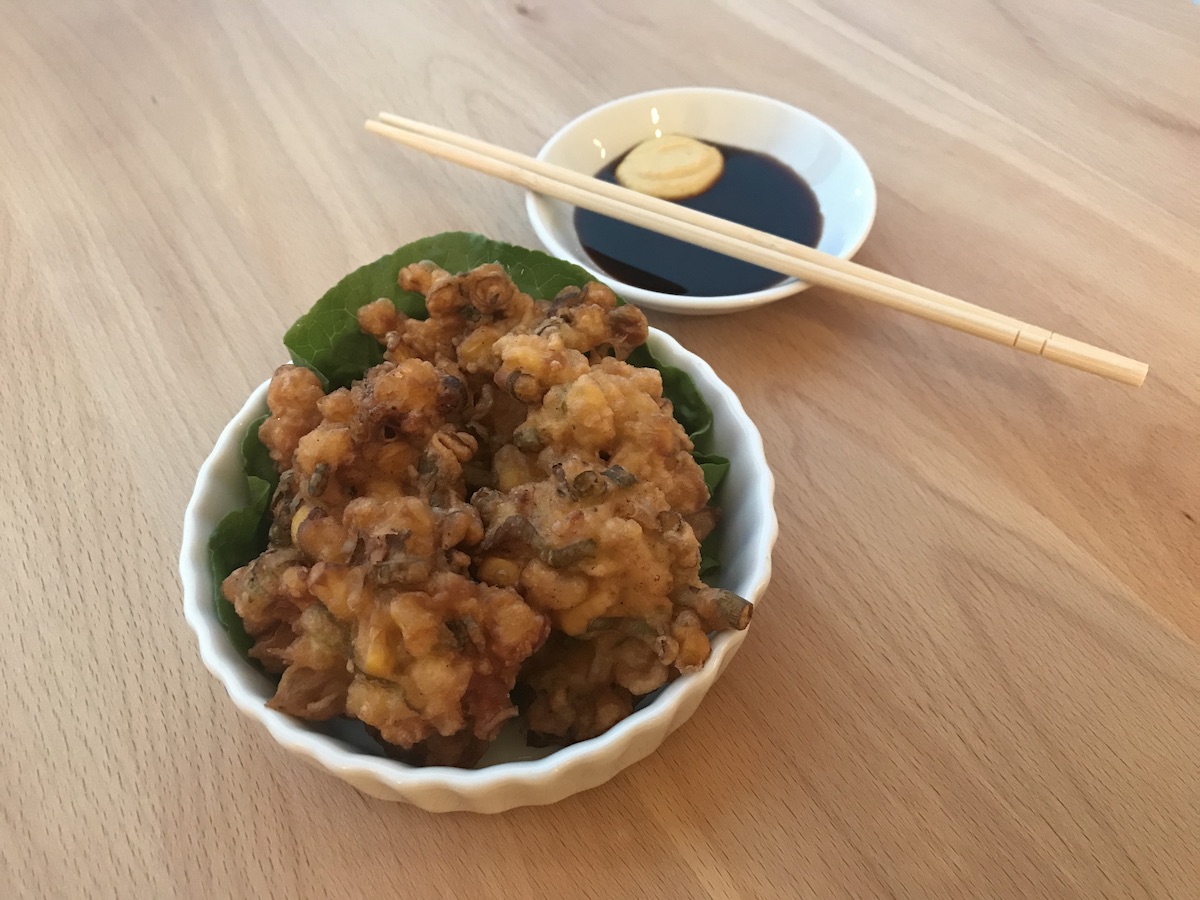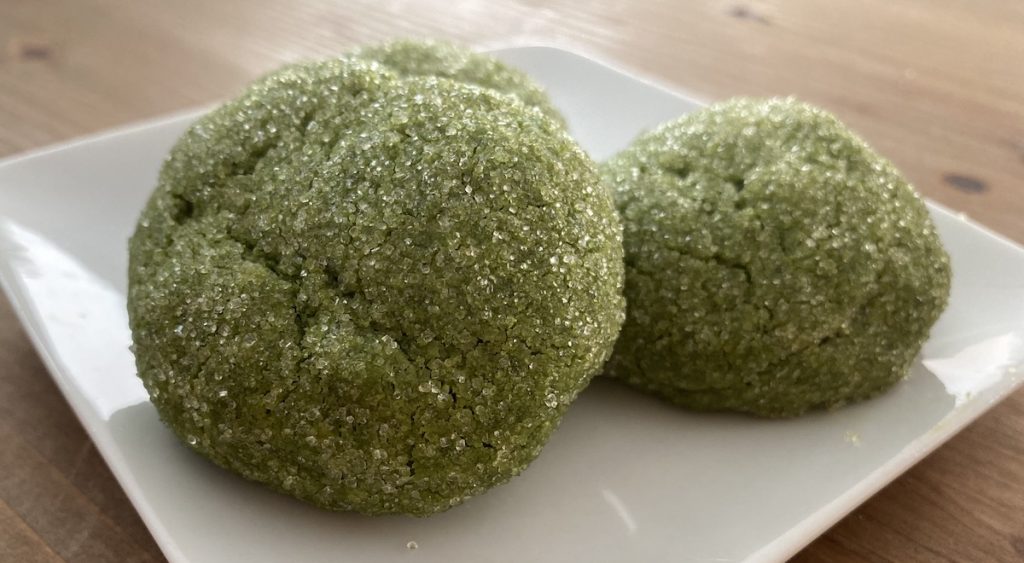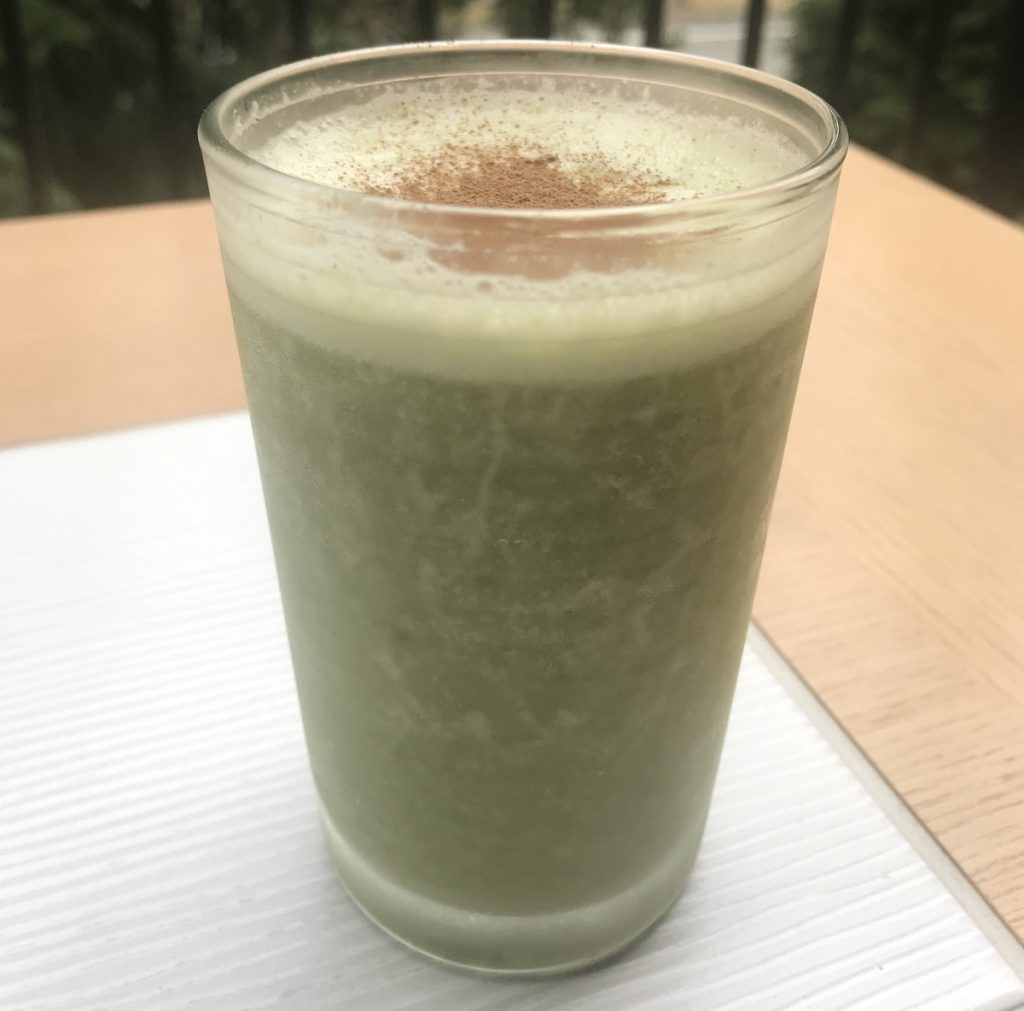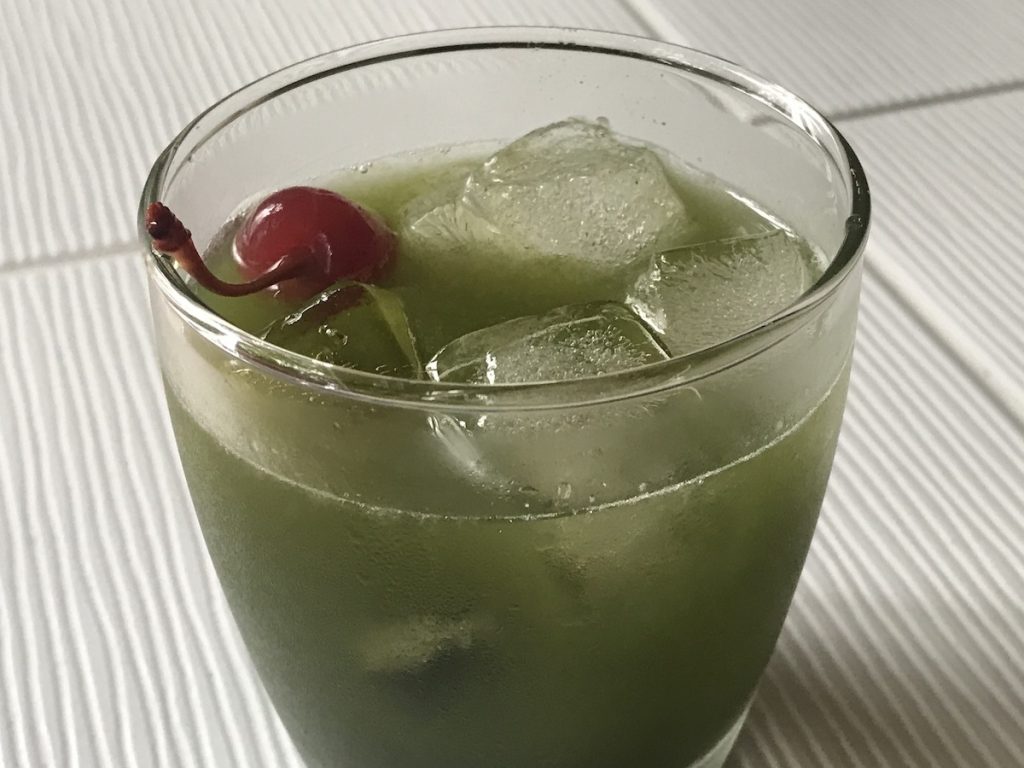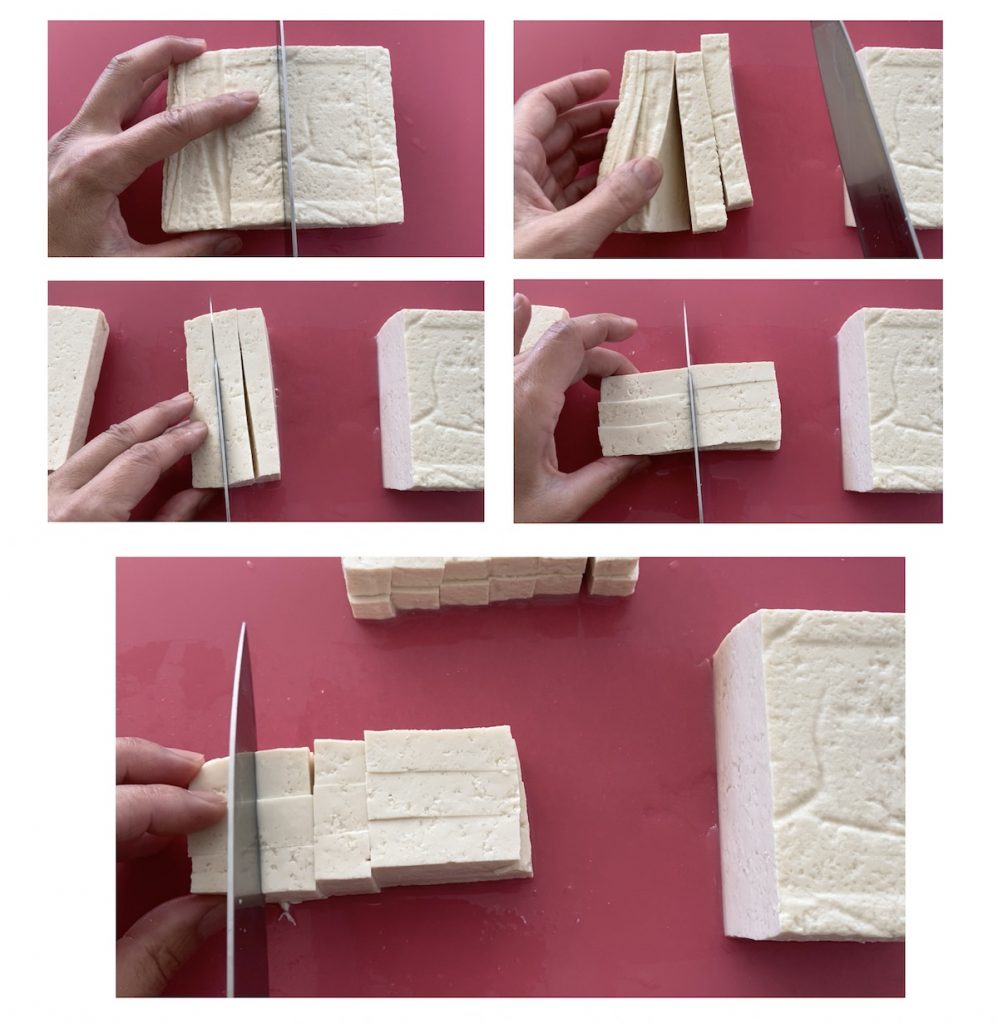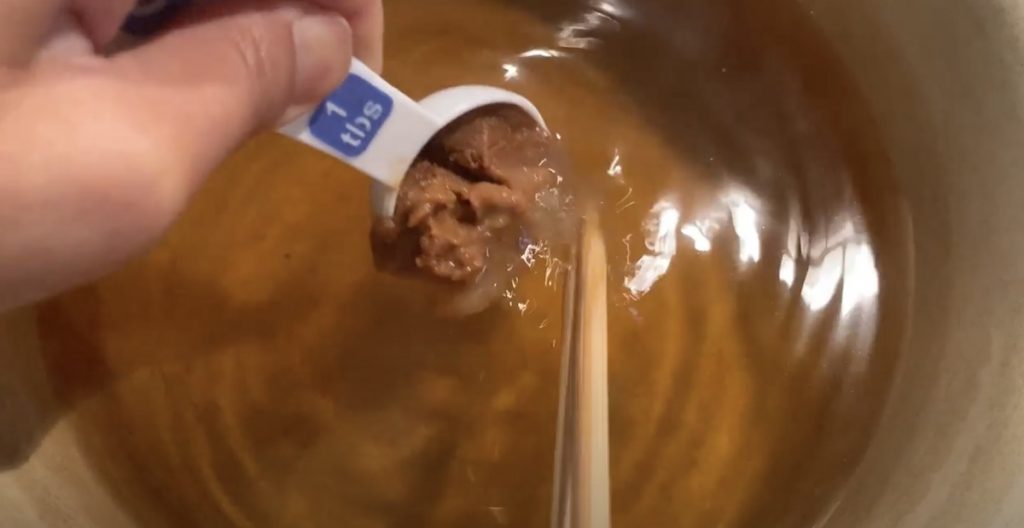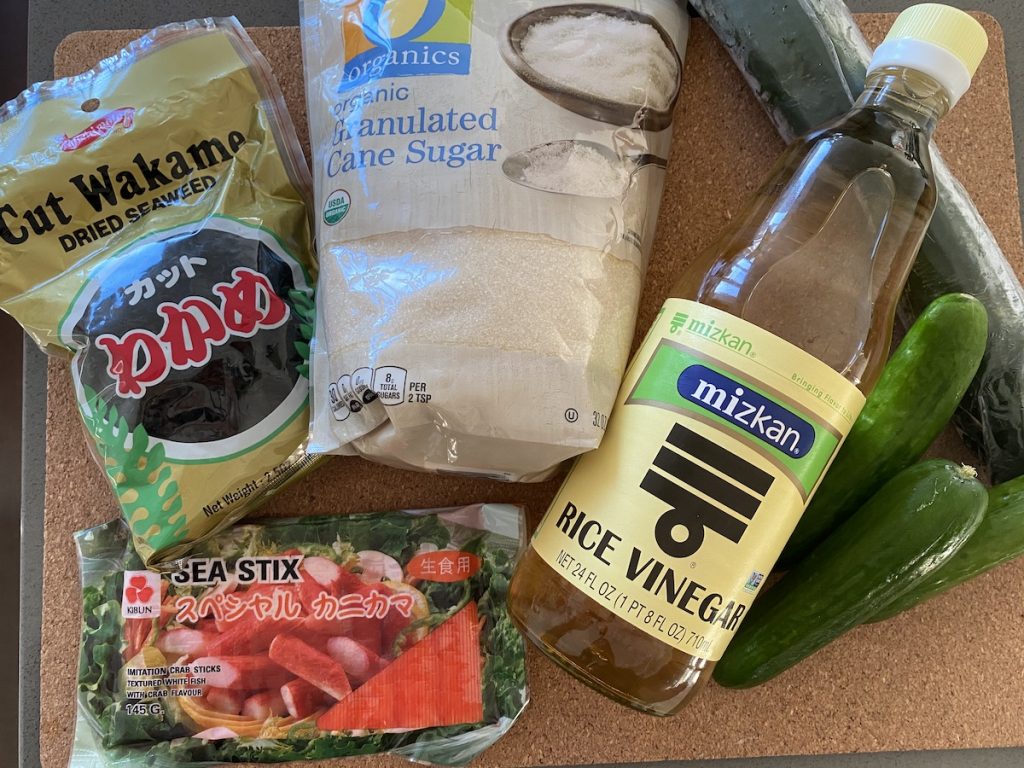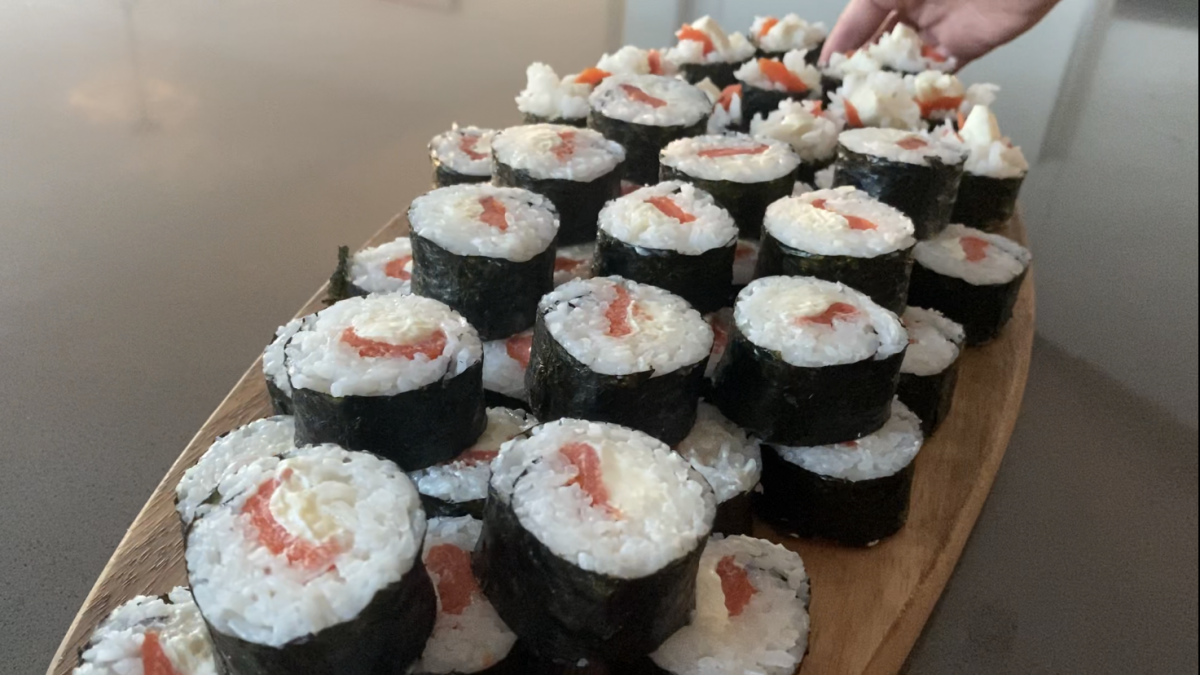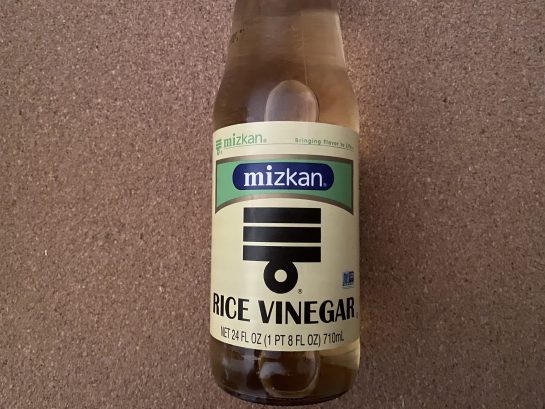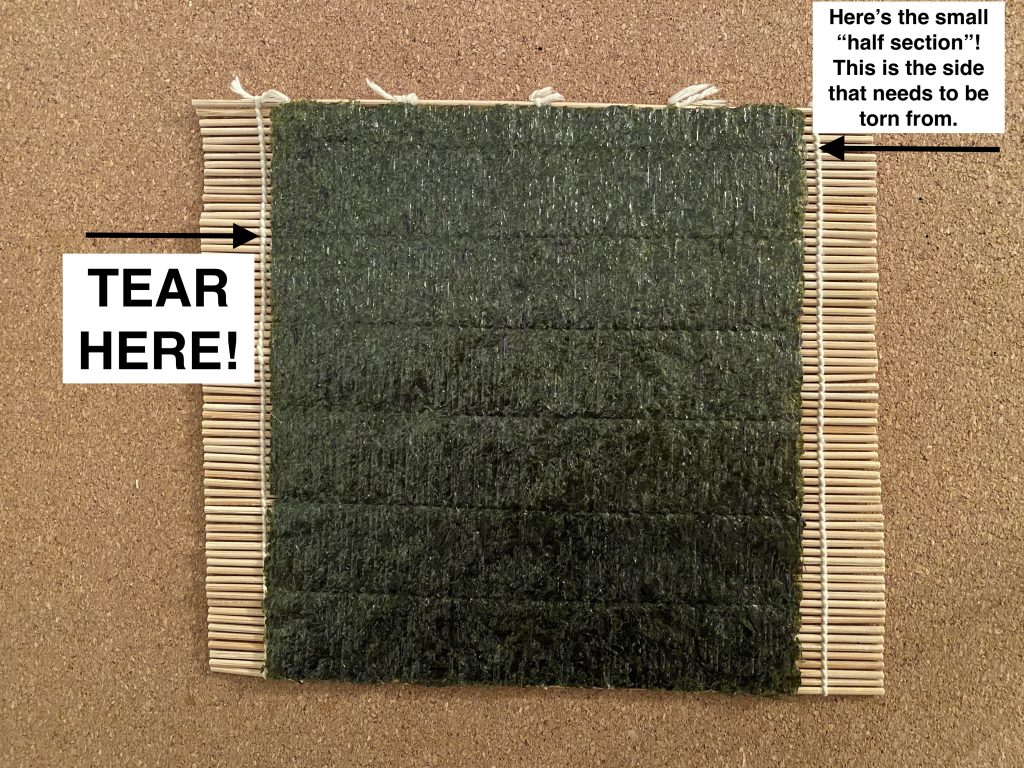One of my favorite dishes growing up was my mom’s version of corn fritters. In fact, I loved them so much that I would make them for my own girls when they were younger! These corn fritters are hearty and pair well with lighter fare like miso soup and a salad like sunomono. The fritters also come together quickly, which makes for a fast, easy, and tasty(!) meal.
List of Ingredients for Corn Fritters
- 1 Can of whole kernel sweet corn (15.25 ounce can = about 1 ½ cups) — (or equivalent amount of thawed frozen corn)
- ~½ lbs chicken breast or thigh meat — cut into ½ inch cubes
- 1 Bunch green onions — cleaned and chopped
- ~5 Tbs. corn starch — doesn’t need to be exact, slightly heaping okay
- ~5 Tbs. flour — doesn’t need to be exact, slightly heaping okay
- 2 eggs
- Milk or non-dairy substitute or water — use what is on hand to thin the batter
- Salt and pepper — lightly sprinkle in salt and pepper
- Oil for deep frying — I use an expeller pressed refined coconut oil that does not have the associated smell or taste of coconut. (Please do not use virgin coconut oil. It will flavor your food.) Peanut oil would be my second choice. You need enough to fill your pot with about 1 inch in depth.

Healthy Traditions Expeller-Pressed Coconut Oil
Both are great for frying as they tolerate high heat well. - Optional for serving — Coleman’s Mustard¹, Soy Sauce, or A-1 Sauce
¹Mix a small amount of the dry mustard powder with water for desired consistency.
List of Tools
- Medium bowl — for mixing batter
- Spoon for mixing — I use a flatware soup spoon
- 1 Tbs measuring spoon — to measure cornstarch and flour
- Cooking chopsticks or tongs — for deep frying
- Knife and cutting board
- Heavy pot for deep frying — medium size is sufficient (~5 qt)
- Skimmer or slotted spoon and resting plate — to remove excess stray batter pieces
- Baking sheet or plate lined with paper towels — to soak extra oil from fritters
- Serving plate
Making the Batter: Drain the can of corn and add to a medium mixing bowl. Cut excess fat and gristle from chicken. Cube chicken into ~½ inch pieces and add to the bowl. (Please keep the pieces small so they cook thoroughly.) Clean and chop the entire bunch of green onions and add to the bowl.
Measure about 5 Tbs cornstarch and 5 Tbs flour into the bowl. Lightly sprinkle with salt and pepper.
Mix the ingredients. Now add the 2 eggs and mix to begin to form batter. Thin the batter with milk/non-dairy substitute/water to make a batter similar in consistency to thick pancake batter. Start with about ¼ cup liquid and add more if necessary.
Preparing to Deep Fry: Add enough oil to cover the bottom of the pot to about 1 inch deep. Turn on the stove to medium high, which is typically a good place to start. (Note: Optimal burner setting is based on type of pot, type of stove gas or electric, size of burner.)
While heating the oil, prepare a plate or baking sheet with paper towels to drain the freshly fried fritters.
The oil is ready when a drop of the batter rises to the surface immediately.
Stir the batter before adding a spoonful (~1 ½ Tbs) into the oil. Try to scoop a nice balance of chicken, corn, and green onions in each spoonful. Add enough to fit the pot without overcrowding, about 8-10 spoonfuls. Sometimes, the batter may stick to the bottom of the pot and if this happens, loosen with chopsticks or with tongs so the batter can rise to the surface of the oil. Let both sides fry to a nice golden color. Once fully cooked and golden in color, take out the fritters and allow to drain on the paper towels. (Sometimes if the oil fills with a lot of stray batter pieces, remove with a stainless steel skimmer or slotted spoon.) Add more spoonfuls of batter and repeat until all the batter is cooked. When finished, be sure to move the pot of oil off the hot burner to cool safely.
Now enjoy your fritters plain, or with hot mustard and soy sauce (which I grew up on) or with A-1 (which the rest of my family loves)!
Also, don’t forget to submit a photo of your creations! You can upload your photos using my Contact form!
